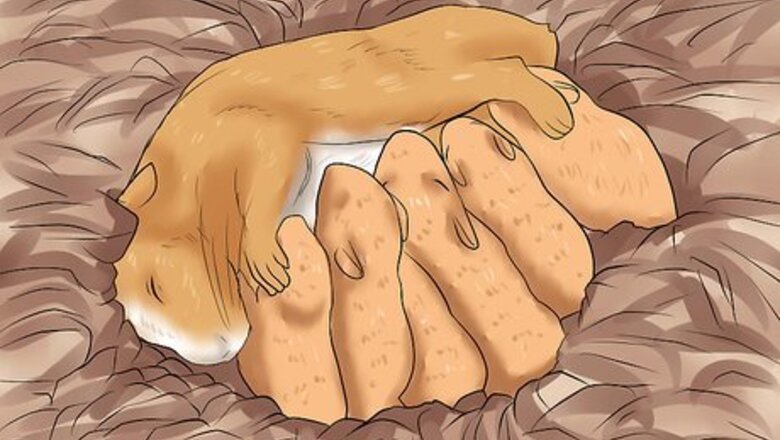
views
Learning When to Separate Newborns from Mothers
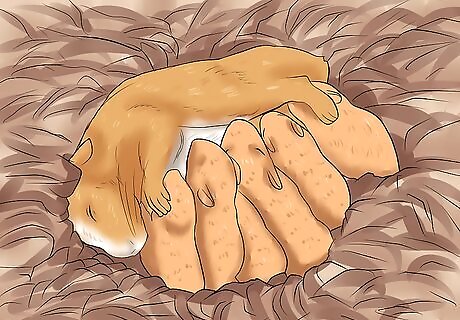
Know when a new litter is born. Hopefully, you’ve already noticed that your hamster is pregnant. She will usually develop a pear shape, and she hasn’t been moving around very much. Or, she may seem aggressive and restless—moving around quite a bit. Hamster pregnancies last 16-22 days, depending on the species. Check the cage each day and mark on your calendar the day that the baby hamsters appear.
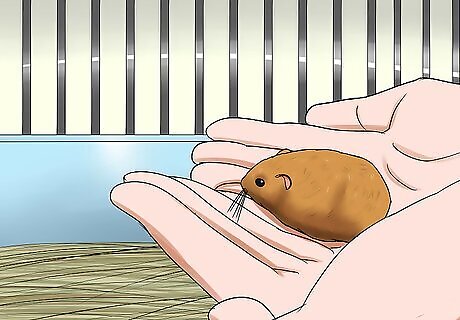
Keep the mother in a safe, quiet environment. Make sure she has plenty of nesting material, such as aspen shavings. This helps the mother feel safe, and lowers the possibility that she will abandon or eat her young. Leave new mothers undisturbed for 7 days. Make sure the mother has plenty of food and water that is easily accessible.
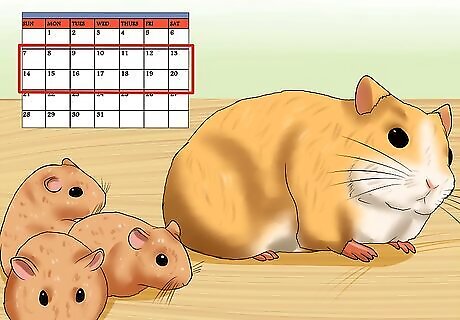
Watch for weaning. Pups will try to nurse for several weeks, but the mother will start to discourage them after 10 days to 2 weeks. Weaning is a sign that the hamsters are almost ready to be separated.
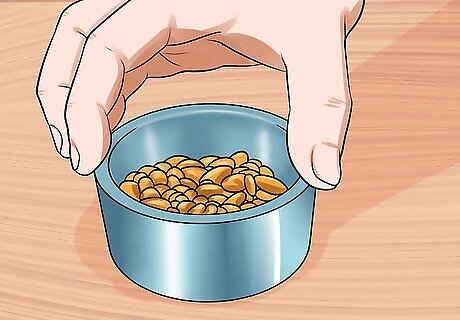
Provide adequate food for weaned babies. When the pups are being weaned, provide some solid food that has been soaked in water. This can be pellets or other commercial hamster food. Make sure the food and water are accessible to even the smallest pups.
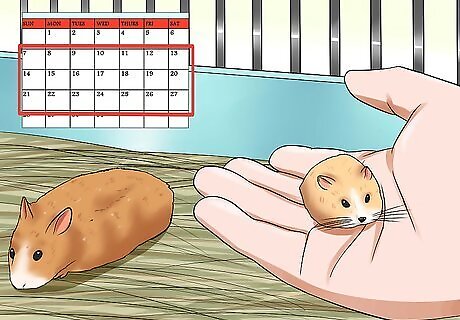
Remove pups at 4 weeks. By now, the pups should all be eating solid food. You can remove them from the mother’s company safely. If some of the pups are particularly small or unhealthy, they may need to stay with the mother for an extra week. Hamsters should be separated from the mother by 10 weeks at the latest.
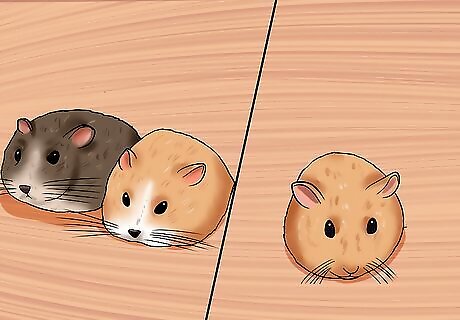
Separate hamsters into pairs, or alone. Syrian (or Golden) hamsters cannot be housed in pairs. They must be kept alone or they will become territorial and fight.
Learning When to Separate a Pair that Doesn’t Get Along
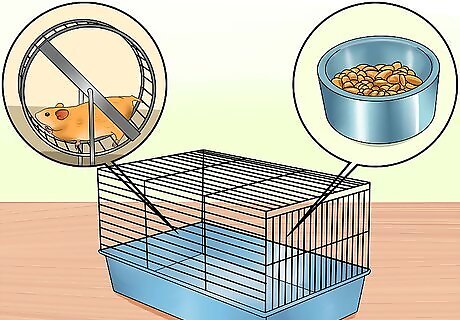
Create a comfortable home for both hamsters. It’s important that they have enough personal space. Two hamsters will need double the space of one hamster. Having two connected cages can cause territorial issues. Make it impossible for one hamster to trap the other. Boxes or houses must have at least two exits. Tubes should not be too long and should not contain blind corners.
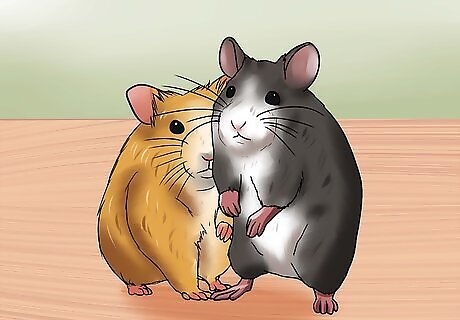
Look for signs of a positive relationship. Signs of a good relationship are sleeping, eating, and playing together. You can also look to see if the hamsters are grooming each other. Hamsters are very active at night, so it’s possible you may not see them play together during the day.
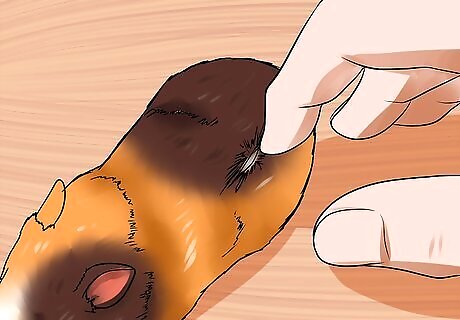
Look for signs of injury or bullying. If any squabbling and fighting occurs, separate them before it gets worse. If a hamster is bleeding or appears weak or wounded, you need to separate the hamsters immediately.
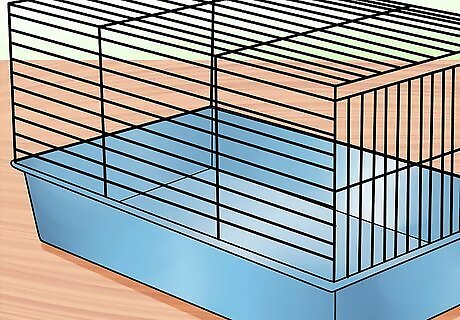
Enlarge their living space. Sometimes hamsters fight because they do not have enough space. If your hamsters are not getting along, you can try giving them more space before separating them. Make sure there is plenty of healthy bedding now that the space is larger. Giving them a larger space may not solve the problem. Keep an eye out to make sure that the hamsters aren’t hurting each other in the new space.
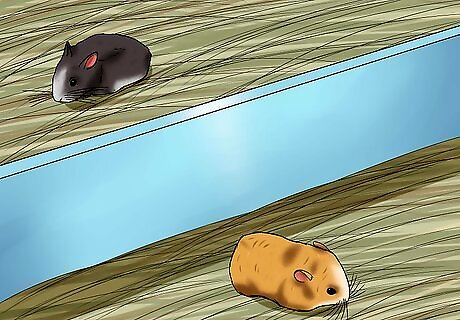
Separate the hamsters if the relationship has not improved. You need to remove one of the hamsters before things get dangerous. When the hamsters are relaxed, reach into the cage and remove one of the hamsters. The separated hamster will need a new home with plenty of bedding and things to play with. The hamsters can be kept near each other, but make sure they cannot physically reach each other.
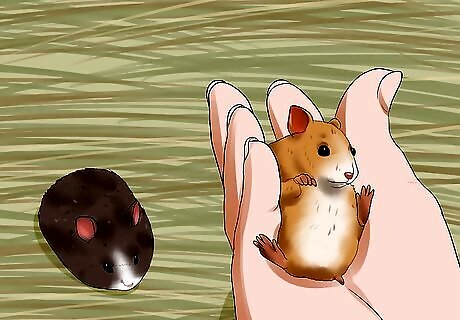
Keep hamsters separated from now on. Sometimes people try to reintroduce hamsters after separating them. Do not do this. There is a high likelihood that the hamsters will recognize each other as threats rather than old friends. You may choose to introduce new hamsters to the cages, depending on the species of hamster.
Learning When to House Hamsters Alone
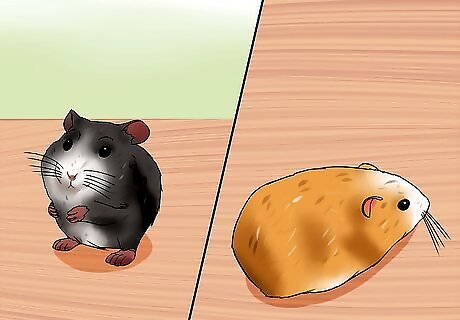
Know the species of your hamster. If you don’t know what species your hamster is, check with your local pet store or with a veterinarian. Some species of hamster must always be housed alone. Syrian hamsters must be housed alone. Never place hamsters of different species together.
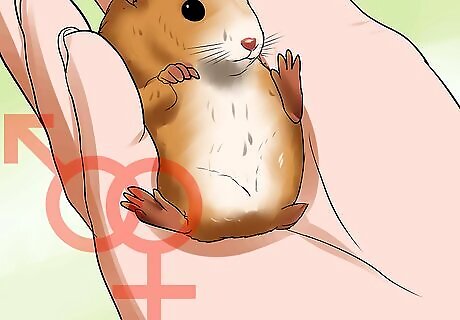
Know the sex of your hamster. Telling the sex of a hamster is usually rather easy. Males have very noticeable testicles underneath their tails. When pairing hamsters, always choose two hamsters of the same sex, unless you’re an experienced breeder. Female pairings are more likely to work. Male pairings more often lead to conflict.
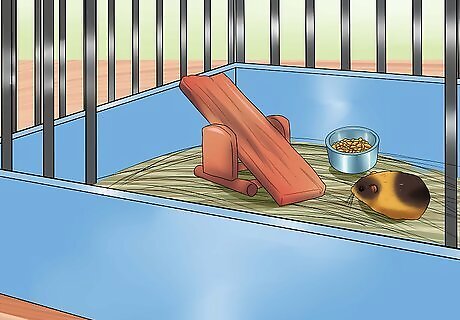
Try housing your hamster alone. You can place your hamster in a cage by themselves and see if they seem active and happy.
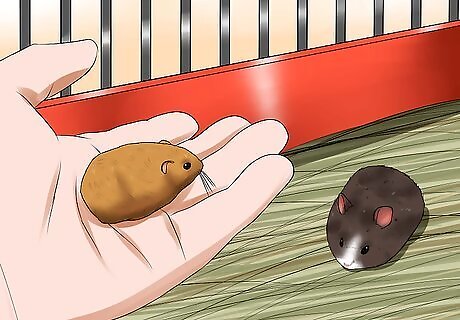
Hamsters housed alone should get plenty of playtime with you. Look for signs of positive companionship and of competition.
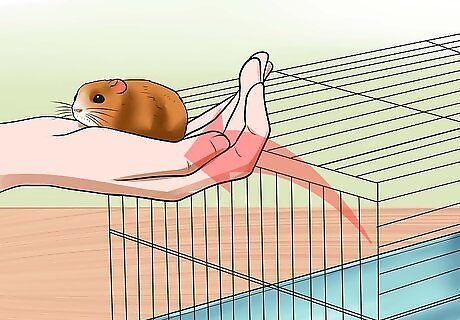
Separate hamsters if necessary. If the hamsters fight continuously and do not exhibit positive ways of relating, you may need to house them alone once more.


















Comments
0 comment